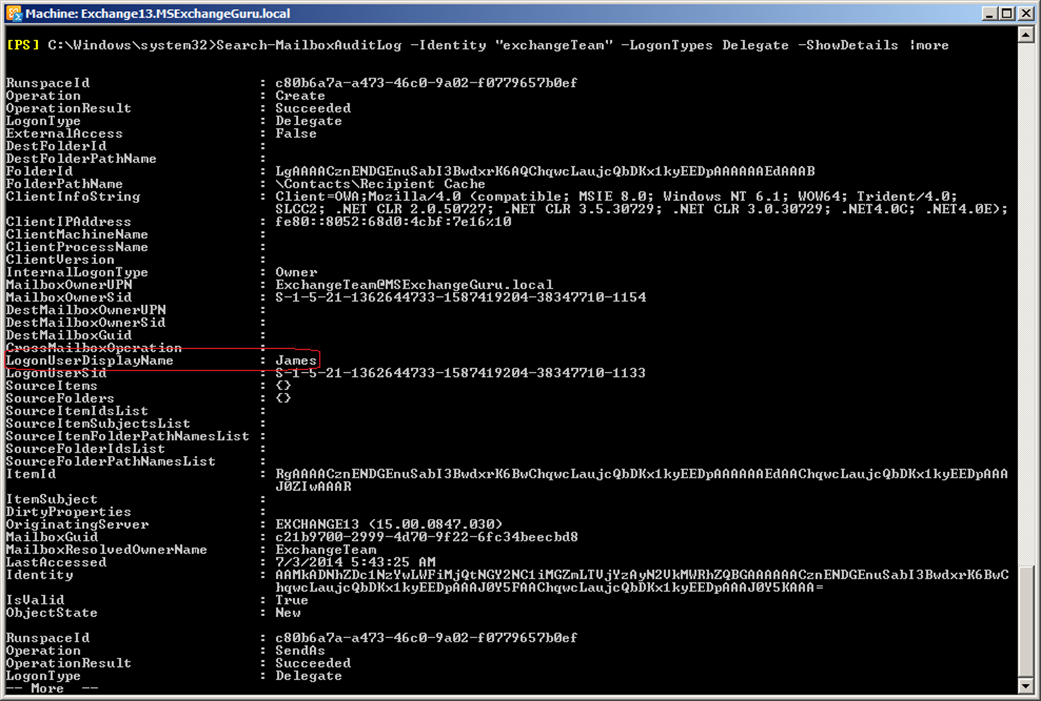
This file contains the folder-to-mailbox mapping for the new hierarchy. csv file is generated (using the publicfoldertomailboxmapgenerator.ps1 script). For the migration of a geo-distributed hierarchy, how can I make sure that the public folders are created in the location nearest to the target users?Īs part of the migration process, a. If a new top-level folder is created, it will be created in the mailbox that contains the writable copy of the hierarchy. Therefore, if a new child folder is added, it's migrated during the process. Child folders under the top-level folders are automatically migrated. csv file is used to determine the mapping between the source hierarchy and the destination mailbox. csv file was generated? How would these reflect on the destination? What happens if hierarchy changes are performed on the source after the initial.

Public folder rules are migrated along with the data and are kept as public folder rules. When you migrate public folders, what happens to existing public folder rules? Although you can release this lock, we don't recommend doing so because the changes can't be synced to Exchange 2016. This lock remains in place to prevent users from accessing the source public folders after migration completes. After migration to Exchange 2016, what happens to the hierarchy on the source Exchange 2010 servers?ĭuring the finalization stage in migration, a lock is placed on the source server to make it inaccessible to users. The cross forest migration of public folders from Exchange 2013, Exchange 2016 or Exchange 2019 to another Exchange On-Premises organization is not supported. The following list details the available options for migrating public folders to Exchange or Exchange Online.Įxchange 2010 public folders (SP3 RU8 or later) can be migrated to Exchange 2016, Exchange Online, or Microsoft 365 groups.Įxchange 2013 public folders (CU15 or later) can be migrated to Exchange 2016, Exchange 2019, Exchange Online, or Microsoft 365 groups.Įxchange 2016 public folders (CU4 or later) can be migrated to Exchange Online or Microsoft 365 groups.Įxchange 2019 public folders can be migrated to Exchange Online or Microsoft 365 groups.Ĭurrently only migrations to Exchange 2016 or Exchange 2019 in the same Active Directory forest are supported. What are the supported public folder migration scenarios? Use batch migration to migrate Exchange Server public folders to Microsoft 365 Groups.


Alerts can be configured to detect alarming events such as a store dismount, or dubiously high non-owner mailbox logon, or someone tampering with “Send As” permissions.This article contains frequently asked questions about public folder migrations.

Supervise the ActiveSync requests.Ĭritical Critical events such as changes to mailbox permissions or properties get reported. Get a detailed summary of ActiveSync-enabled devices and ActiveSync policies governing them. You can keep a watchful eye on OWA users through these reports.


 0 kommentar(er)
0 kommentar(er)
